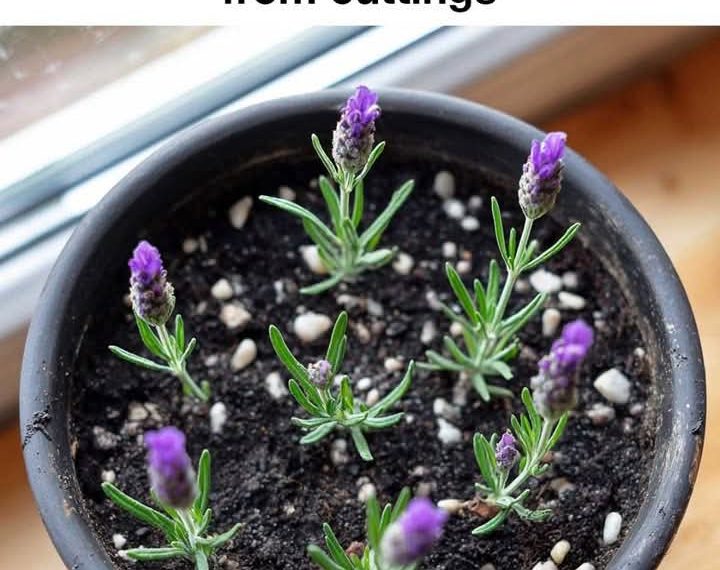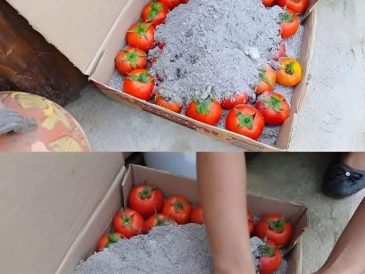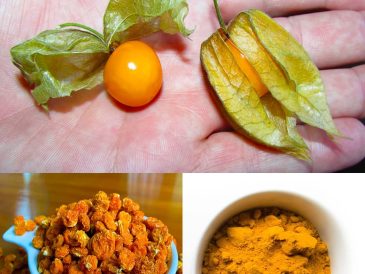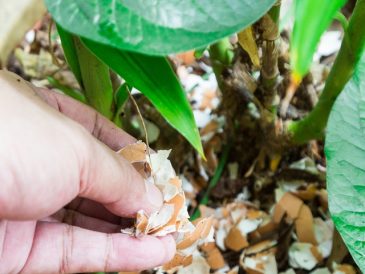4. Selecting the Perfect Lavender Plant
When choosing a lavender plant for cuttings, select a healthy, vigorous plant that is free from disease and pests. Look for a plant with plenty of new growth, as this will provide the best material for cuttings. Avoid plants that are flowering, as the energy of the plant is focused on producing flowers rather than rooting.
It’s also important to choose a plant that is well-suited to your climate and soil conditions. Some lavender varieties are more tolerant of cold or heat, so select a variety that will thrive in your garden. Popular varieties for propagation include English lavender (Lavandula angustifolia) and French lavender (Lavandula stoechas).
5. Tools You Will Need
To take lavender cuttings, you will need a few basic tools: a pair of sharp, clean pruning shears or scissors, a small container or pot for rooting, and a rooting hormone (optional). It’s important to use clean tools to prevent the spread of disease, so sterilize your shears with rubbing alcohol before use.
You will also need a well-draining potting mix for rooting the cuttings. A mix of equal parts perlite and peat moss or a commercial seed-starting mix works well. If you choose to use rooting hormone, it can help speed up the rooting process, but it’s not essential for success.
6. Step-by-Step Guide to Taking Cuttings
Begin by selecting a healthy, non-flowering stem from your lavender plant. The stem should be about 4 to 6 inches (10 to 15 cm) long and have several sets of leaves. Using your sterilized pruning shears, make a clean cut just below a leaf node, as this is where the roots will form.
Remove the lower leaves from the cutting, leaving only a few sets of leaves at the top. This reduces water loss and encourages root development. If you’re using rooting hormone, dip the cut end of the stem into the powder, tapping off any excess.
7. Preparing the Cuttings for Planting
Once you have prepared your cuttings, it’s time to plant them. Fill your container or pot with the well-draining potting mix, and make a small hole in the center with a pencil or your finger. Insert the cutting into the hole, ensuring that the cut end is buried about 1 to 2 inches (2.5 to 5 cm) deep.
Firm the soil around the cutting to hold it in place, and water lightly to settle the soil. Be careful not to overwater, as lavender cuttings are prone to rot if kept too wet.
8. The Best Soil Mix for Lavender Cuttings
Lavender cuttings require a well-draining soil mix to prevent root rot. A mix of equal parts perlite and peat moss is ideal, as it provides good aeration and moisture retention without becoming waterlogged. You can also use a commercial seed-starting mix, which is designed for rooting cuttings.
Avoid using heavy garden soil or potting soil that retains too much moisture, as this can lead to fungal diseases. If you live in a humid climate, consider adding extra perlite or sand to the mix to improve drainage.
9. Planting the Cuttings: A Simple Process
After preparing the soil and inserting the cuttings, place the container in a warm, bright location out of direct sunlight. A windowsill or greenhouse is ideal, as it provides the warmth and light needed for rooting without exposing the cuttings to harsh conditions.
Maintain a consistent level of moisture in the soil, keeping it slightly damp but not soggy. You can cover the container with a plastic bag or dome to create a humid environment, which will help prevent the cuttings from drying out.
10. Caring for Your Lavender Cuttings
Lavender cuttings typically take 4 to 6 weeks to root, depending on the variety and growing conditions. During this time, check the cuttings regularly for signs of growth and ensure that the soil remains moist but not waterlogged.
Once the cuttings have rooted and new growth appears, gradually acclimate them to outdoor conditions by placing them in a sheltered spot for a few hours each day. After a week or two, they can be transplanted into the garden or larger pots.
11. Common Mistakes to Avoid
One common mistake when propagating lavender cuttings is overwatering. Lavender prefers dry conditions, so it’s important to allow the soil to dry out slightly between waterings. Another mistake is taking cuttings from flowering stems, as these are less likely to root successfully.
Additionally, avoid placing cuttings in direct sunlight, as this can cause them to wilt and dry out. Instead, provide bright, indirect light and maintain a consistent temperature for optimal rooting conditions.




